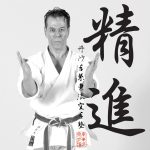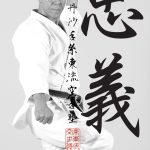
Cherish the Moment—Ichi-go Ichi-e!Ichi-go Ichi-e (一期一会) is a Japanese phrase often translated as “one time, one meeting” or “once in a lifetime.” It conveys the idea that each moment is unique and can never be repeated, so it should be treasured and appreciated … Continue reading























